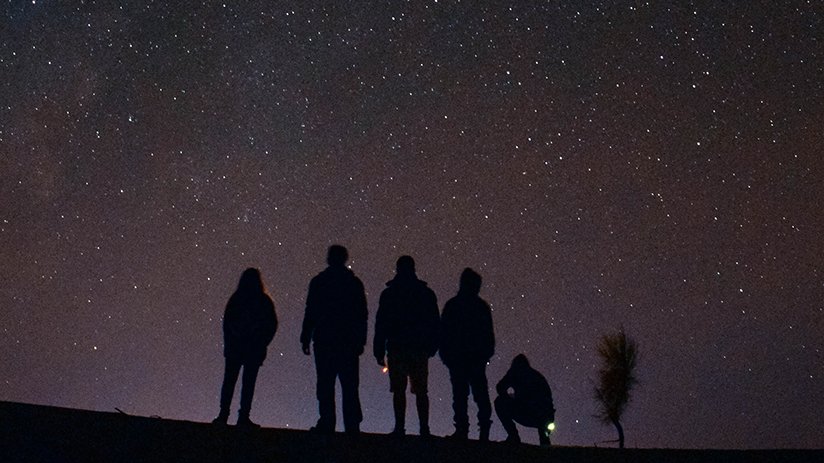
-
HOME
-
WHAT IS STANDOur Mission Our Values Our Help Contact
-
WHAT WE FIGHT FORReligious Freedom Religious Literacy Equality & Human Rights Inclusion & Respect Free Speech Responsible Journalism Corporate Accountability
-
RESOURCESExpert Studies Landmark Decisions White Papers FAQs David Miscavige Religious Freedom Resource Center Freedom of Religion & Human Rights Topic Index Priest-Penitent Privilege Islamophobia
-
HATE MONITORBiased Media Propagandists Hatemongers False Experts Hate Monitor Blog
-
NEWSROOMNews Media Watch Videos Blog
-
TAKE ACTIONCombat Hate & Discrimination Champion Freedom of Religion Demand Accountability
Living With the Dead
Botox and collagen, caviar and grapes, cleaning fluids that “kill all known germs!” Spam messages hard-selling skin tag-removal and “male pills!” What do all these things have in common? Preservation of and pleasure for the body, at all costs!
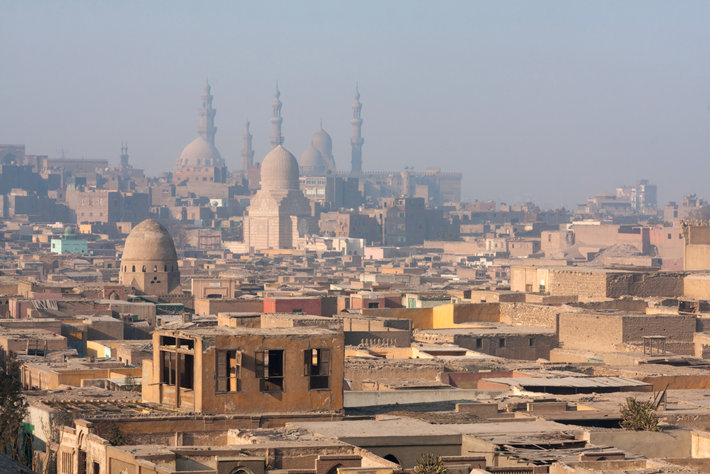
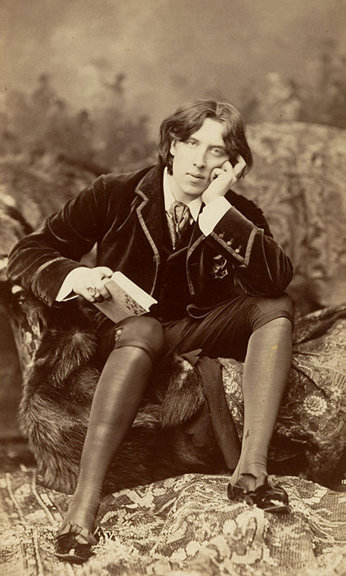
Oscar Wilde’s Dorian Gray couldn’t face the prospect of his beautiful body decaying or simply aging so he descended to the depths of decadence to try to avoid it. In vain. True, to not tend to the body’s needs at all would be both foolish and antisocial. But surely there’s a line to be drawn: in today’s Western society, spiritual matters have taken a backseat in everyday concerns. Various factors—including amazing advances in medical technology—have made the notion of death almost unthinkable, if not unbearable. But what if “the dead” weren’t departed from our midst after all? What if they were more present in our lives than we thought…?
At first glance, the notion of the dead actually existing alongside the living seems quite absurd. But if one digs a little deeper (pun intended!), one finds a quite different story.
The notion of an afterlife of some kind has been around since Day One but the mechanics of this vary depending on culture, religion or philosophy. Plato argued that the “just” man is rewarded in his lifetime (i.e. by his current society) but even more so after death. The Book of Daniel contains this passage in the Old Testament: “And many of them that sleep in the dust of the earth shall awake, some to everlasting life and some to reproaches and everlasting abhorrence.” Christianity believes a Day of Reckoning will come when everyone will go before God and be judged according to how they have lived their lives; Heaven is a reward for good behavior, Hell quite the opposite. In these cases, the soul of the departed is definitely not among the living, here on Earth.
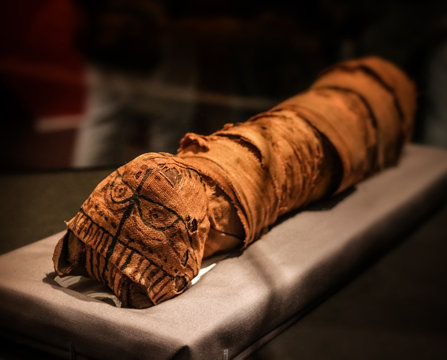
Then there were the Ancient Egyptians who, as we know, were hot on mummification, the purpose being to preserve the body so that the soul could occupy it again in the future. Reincarnation was understood as a mechanism through which the soul or consciousness of an individual could learn and grow over a series of lifetimes. Another important part of Egyptian afterlife was remembrance: as long as someone's name continued to be spoken, their spirit lived on.
Evidently, recognition of “a hereafter” of some nature has been built into human existence for a long time. But to actually suggest cohabitation with “the dead” is a long shot. Why might this be? To begin with, many people don’t have firsthand experience with the dead, in the form of ghosts or spirits of any kind. For these individuals, to believe in such things would require faith and faith alone. But there have also been actions taken by powerful individuals over the centuries to dampen such beliefs. The Protestant Reformation in Europe, initiated by Martin Luther in 1517, for example, radically changed the way the culture in this part of the world reacted and interacted with its dead. The idea of Purgatory was rejected by Protestant theologians. And, even though ghosts persisted in folk stories and literature, the dead were shunned from the center of religious life. These changes were intensified in England when Henry VIII effectively broke with the Catholic Church in the 1530s, at which time worship of saints and prayers associated with Purgatory were banned altogether.
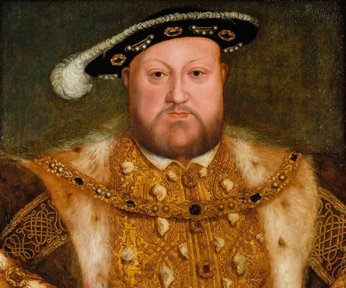
The dead were also removed from view, literally, when Reformation iconoclasts whitewashed hundreds of colorful religious murals inside Medieval churches to remove any trace of Catholicism.
At first glance, the notion of the dead actually existing alongside the living seems quite absurd. But if one digs a little deeper (pun intended!), one finds a quite different story. In our current society, Halloween takes a playful look at ghosts and ghouls and things that go bump in the night. But did you know that in Medieval times the dead were actually an integral part of the community? They were considered merely another “age group!” The blessed dead were named saints and, as such, became part and parcel of daily ritual life. They were even expected to actively support the community by acting as special guardians or heavenly advocates of specific groups, trades, countries, classes, clans or families, etc. Also, folk traditions from this era spoke of ghosts, referring to them as “dead souls” visiting the living to obtain prayers to help them through Purgatory.

Now fast-forward to recent times. Modern-day Hollywood has many examples of the dead co-existing with the living. Tim Burton has epitomized this concept in Beetlejuice and Corpse Bride and explored the idea of a parallel underworld in The Nightmare Before Christmas. Then there’s Ghost (1990) in which Patrick Swayze’s character comes back to New York as a spirit to save the day. And, hot off the press, Pixar’s film Coco takes place in Mexico on the annual holiday Día de los Muertos, or Day of the Dead.
Meanwhile, in the predominantly Muslim city of Cairo, ancient Egyptian tradition lives on: the wealthier inhabitants have purchased family plots in a cemetery, buried their dead there, then built houses above the crypts. Once or twice a year, a large number of relatives gather in the houses to party, along with the spirits of the deceased, according to their beliefs.

But, even more fascinating, still in the city of Cairo, stands a massive cemetery town: El’Arafa. It’s estimated that up to 1 million Egyptians live in the 4-mile-long cemetery, earning it its nickname “The City of the Dead.” Power lines, multi-story buildings and a post office stand side by side with graves, tombs and mausoleums. Many of the first inhabitants, who arrived in the 1950s, were caretakers: they dug graves and guarded the mausoleums. Most of the current residents have built their homes inside their ancestors’ large tombs, turning them into cozy nests that include small kitchens, yards and bedrooms. Kids build their makeshift playgrounds amid the graves, using mausoleum doors as soccer goalposts. These denizens live in harmony with their dead like nowhere else on Earth!
So, in one way or another, death is and always has been part of our lives, our communities and the human race as a whole. How one visualizes and lives it is very personal, based on one’s own beliefs and experiences. But what if it were also to depend on the viewpoint one adopts? What if we were more “connected” to those who’ve moved on? What if we were not “alone?”… And what if the body—the fleshy envelope that identifies the living—wasn’t the be-all-and-end-all of life?







